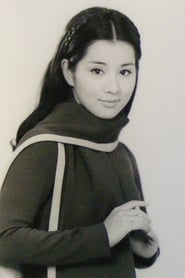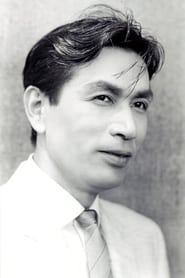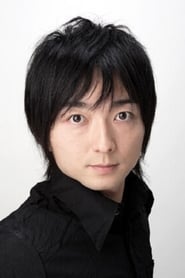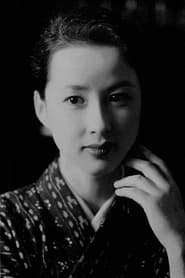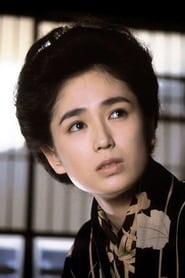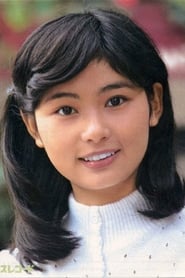The best Naoto Takenaka’s history movies

If you love cinema, you will share this ranking of the best Naoto Takenaka’s movies, although you may have ordered them differently. In any case, we hope you love it and with a little luck discovering a movie that you still don’t know about Naoto Takenaka.
Sword of the Stranger
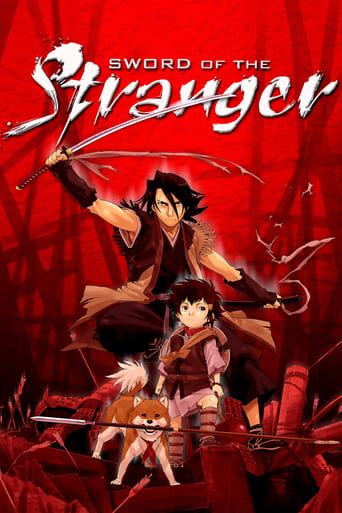
7.7/10
Pursued by formidable Chinese assassins, young Kotaro and his dog run into No Name, a mysterious stranger who gets pulled into the chase. The unlikely companions form a bond over saving the dog from a poison attack, but chaos erupts when the assassins find Kotaro, and No Name must face his past before a horrible fate is met again.
Temple
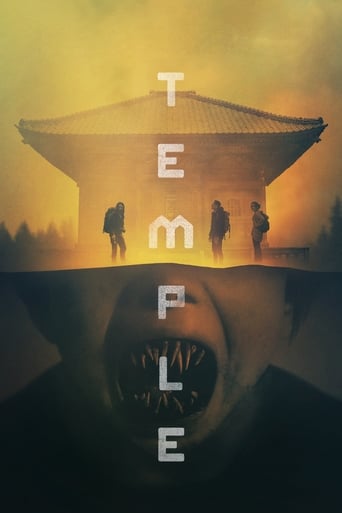
3.7/10
Three American tourists follow a mysterious map deep into the jungles of Japan searching for an ancient temple. When spirits entrap them, their adventure quickly becomes a horrific nightmare.
Four Days of Snow and Blood
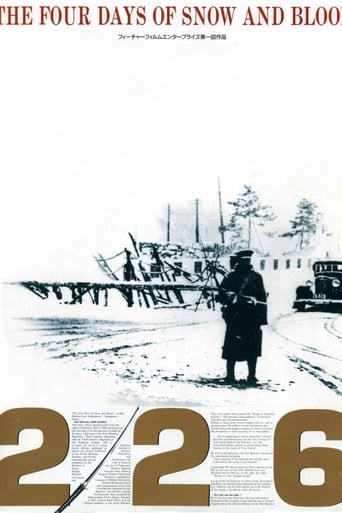
6.3/10
Based on the "2.26 Incident", an attempted coup d'état in Japan 1936, launched by radical ultra-nationalist parts of the military. Several leading politicians were killed and the center of Tokyo was briefly held by the insurgents before the coup was suppressed.
125 Years Memory
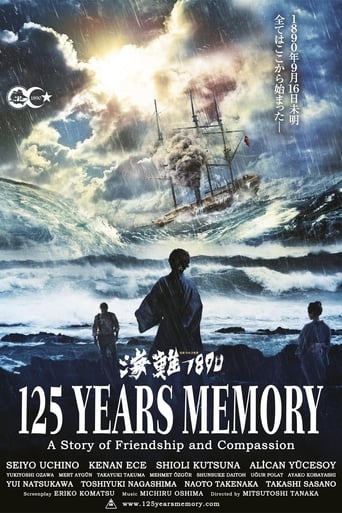
7.1/10
Two historical incidents that deepened the friendship between Japan and Turkey are connected in this story of friendship and compassion: The sinking of the Turkish frigate Ertuğrul off the Japanese coast in 1890 and the evacuation of Japanese nationals from Iran in 1985. Virtuous director Mitsutoshi Tanaka's call for world peace received the VFX-JAPAN Award 2017 for Excellent Motion Picture and the 39th Japan Academy Film Prize in ten categories, including Best Art Direction, Best Sound Recording, Excellent Film and Excellent Director.
Fusé: Memoirs of a Huntress
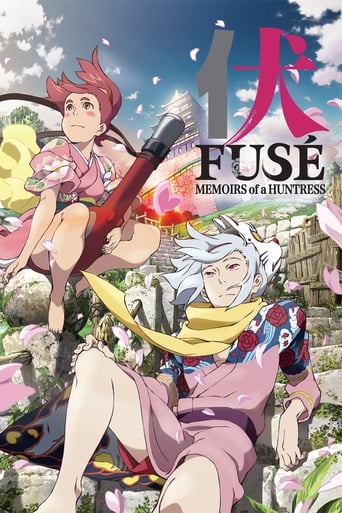
6.8/10
In Kyokutei Bakin's classic Japanese epic novel Nansou Satomi Hakkenden, eight samurai serve the Satomi clan during Japan's tumultuous Sengoku (Warring States) era. The Edo-era samurai are the reincarnations of the spirits that Princess Fuse mothered with a dog named Yatsufusa. In Fuse Gansaku: Satomi Hakkenden, the female hunter Hamaji comes to her brother in order to hunt Fuse. Thus, the karmic cycle of retribution that began long ago with the Satomi family begins anew. Fuse were hybrid creatures of humans and dogs in the Edo period. As there were rumors saying that they killed humans and ate their souls, the Shogun Government offered high bounty for hunting them. Hamaji was a young female huntress living in the rural part of Mutsu while her brother Dousetsu was living in Edo. The story began as Hamaji went to Edo in order to help his brother to earn some bounty. But in Edo, she met a mysterious young men being chased by others. His name was Shino ...
Sharaku
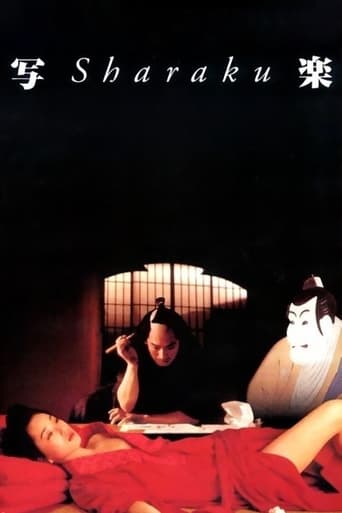
6.7/10
The ukiyo-e (woodblock print) artist Sharaku is an enigmatic puzzle in the world of Japanese art. Working at an age when such masters of the trade as Hokusai and Utamaro were at their zenith, Sharaku suddenly emerged out of obscurity and produced roughly 140 strikingly brilliant portraits of Kabuki performers, only to disappear just as suddenly. To date, no one knows about his true identity or about his post-ukiyo-e career. Veteran director Masahiro Shinoda tries to fill in the blanks with this lavish period production. Set in the 1790s, the film centers on Tombo (Hiroyuki Sanada), a lowly Kabuki player who gets dumped from his troupe after breaking his foot. He joins a ragged traveling outfit run by former courtesan Okan. While not on-stage, he takes up drawing, for which he realizes he has considerable ability. His talents are noticed by Tsutaya Juzaburo, a ukiyo-e publisher who is desperate for a replacement after his star artist Utamaro defected to his rival's stable.
Talking the Pictures
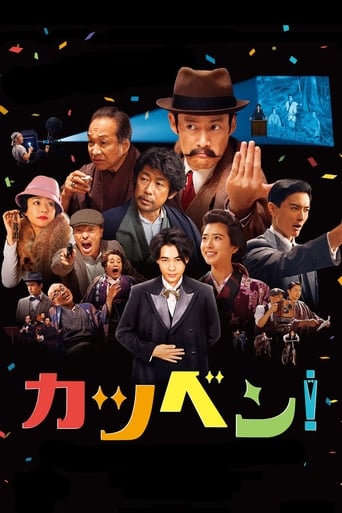
6.7/10
Set at a movie theater in a small village around 100 years ago. Silent films are play at the movie theater. A young man aspires to become a benshi, a performer that provides live narration to silent films.
Love of a Thousand Years - Story of Genji
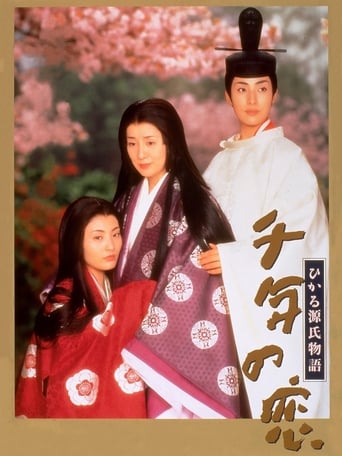
5.8/10
Based on the ancient Japanese Tale of Genji. This film is set in 900AD and tells the story of a famous female writer of the time, Murasaki Shikibu. Her story begins from the death of her husband, a Japanese noble, then moves on to her recruitment to train the Prince's young 'wives in waiting'. It is dotted throughout and actually composed mainly of one of the fictional stories she wrote, the tale of Genji. Genji is a rich playboy who falls in love and has a son to his stepmother. He falls in love often and has many wives whom are all completely subservient to him. Genji is played by a woman actress from the all-female Takarazuka theatre. The two interrelating stories are also interrupted occasionally by fantasimical musical clips from a past Japanese teen-idol, Seiko Matsuda.
Women's Kunishû Rebellion
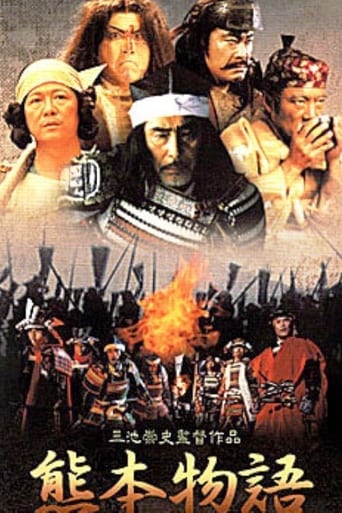
5.8/10
Onna Kuni Shuu Ikki is a 2002 Japanese historical drama directed by Takashi Miike. It is one of three historical films included in the 2002 DVD compilation, Kumamoto Monogatari. The other two are Kikuchi-jo Monogatari: Sakimori-tachi no Uta and Zuiketsu Genso: Tonkararin Yume Densetsu, both also directed by Miike.








